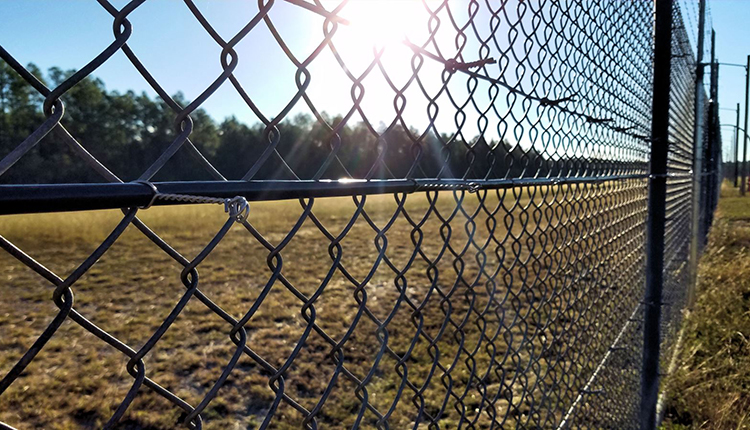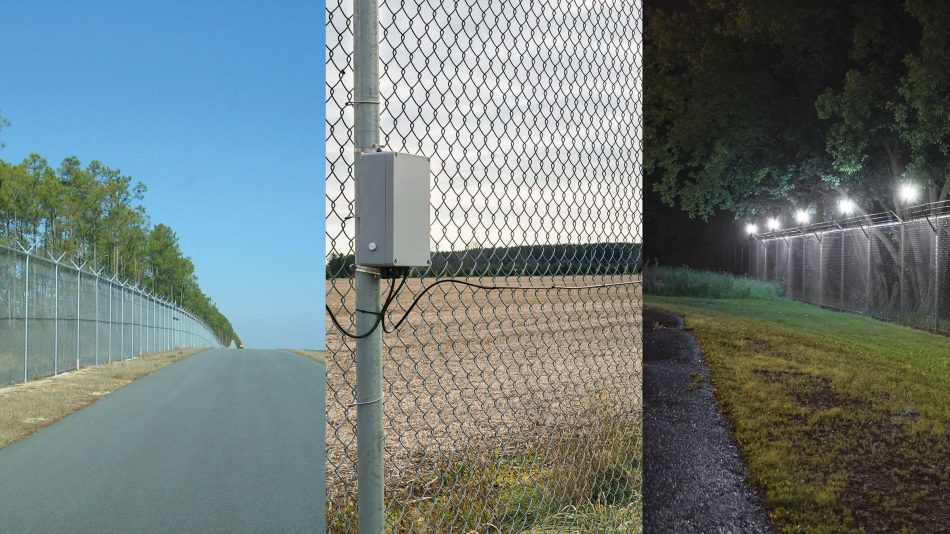Boost Your Security With Advanced Fiber Optic Safety And Security Equipments
In an age where safety is vital, advanced fiber optic safety and security systems provide a compelling option for boosting safety and security across numerous environments. These systems not only boast superior transmission capacity and speed for high-resolution surveillance yet also offer exceptional durability against exterior disturbances. As companies progressively seek trustworthy methods to safeguard their properties, the combination of ingenious innovations like AI and IoT within fiber optic structures elevates crucial inquiries about their performance contrasted to standard systems. What implications do these innovations hold for future protection measures?
Benefits of Fiber Optic Safety
Utilizing the advantages of fiber optic modern technology considerably improves protection systems across various applications. Among the main benefits is the boosted bandwidth capability, permitting the transmission of large quantities of data at broadband. This is especially important for real-time video clip monitoring, where high-resolution feeds can be sent without latency, making certain prompt reaction capacities.
In addition, optical fiber show exceptional resistance to electromagnetic interference, which is vital in environments with prospective signal disruptions. This dependability ensures consistent performance in important safety and security procedures. Furthermore, fiber optic cables are much less susceptible to touching and unauthorized accessibility contrasted to standard copper electrical wiring, thus improving data stability and discretion.
Another noteworthy advantage is the resilience of fiber optic systems; they are more immune to environmental variables such as moisture, temperature changes, and destructive materials. This durability translates to decrease upkeep costs and longer lifespans for safety and security setups.
Finally, the lightweight nature of fiber optic cords helps with simpler setup and routing, specifically in intricate frameworks (fiber optic security system). Inevitably, the combination of fiber optic modern technology into safety and security systems not just reinforces protection measures however also optimizes functional efficiency
Key Attributes to Consider
When evaluating fiber optic safety systems, several vital functions have to be thought about to ensure ideal efficiency and performance. Initially, examine the system's discovery array and level of sensitivity; a substantial variety enables for monitoring huge areas, while high sensitivity makes sure that even minor disruptions are identified without delay.
Following, take into consideration the combination capacities of the system. A fiber optic security system must seamlessly interface with existing safety actions such as cameras and alarm systems, developing a natural protection network.
Durability and environmental resistance are likewise important functions. Make sure that the system is made to endure severe climate condition and prospective physical risks, as this will certainly extend its functional lifespan.

Lastly, check out the scalability of the system. A durable fiber optic protection system must be quickly expanding to accommodate future needs without significant overhauls. By thoroughly thinking about these attributes, you can pick a fiber optic protection option that improves safety and safety in your environment.
Installation Process Overview
To efficiently apply a fiber optic security system, a systematic installment process is essential. This procedure starts with a detailed website evaluation to identify the particular safety and security requirements and to determine optimal areas for fiber optic wires and security gadgets. Following this assessment, the installment team will certainly establish a detailed strategy, including cord paths, essential devices, and compliance with regional regulations.
Following, the installation entails laying the fiber optic cords, guaranteeing they are safeguarded from environmental factors and physical damage. Appropriate handling methods are essential, as fiber optic cords are sensitive and can be easily harmed. After the cabling is set up, adapters and terminations are carefully finished to make sure signal honesty.
The subsequent phase includes installing security gadgets such as electronic cameras, activity detectors, and alarm, all incorporated with the fiber optic network. Strenuous testing is carried out to verify that all parts are functioning appropriately and to ensure optimal efficiency.

Comparing Fiber Optic to Traditional Systems
The advancement of safety and security innovation has caused substantial innovations in the contrast between fiber optic systems and traditional copper-based systems. Fiber optic systems use light to send information, using remarkable data transfer and rate contrasted to their copper counterparts. This leads to improved data transmission abilities, making optical fiber excellent for high-resolution video clip security More hints and real-time surveillance.
In addition, fiber optic wires are immune to electro-magnetic disturbance, minimizing the likelihood of signal degradation triggered by exterior elements. This characteristic ensures constant performance, even in tough atmospheres. In comparison, conventional copper systems are more susceptible to interference, resulting in prospective vulnerabilities in safety and security applications.
Sturdiness is another advantage of fiber optic systems. They are much less susceptible to harm from environmental factors such as wetness and temperature fluctuations, which can jeopardize copper circuitry. Moreover, fiber optics are lighter and thinner, enabling for simpler setup and reduced physical footprint.
Nonetheless, typical systems tend to have reduced preliminary costs, making them eye-catching for budget-conscious tasks. While fiber optic systems might require a find out here now higher upfront financial investment, their lasting benefits-- such as lower upkeep costs and greater reliability-- commonly surpass the first expense, placing them as a premium option for modern-day safety and security needs.
Future Trends in Safety Technology
Emerging fads in protection technology are poised to transform the landscape of security and hazard discovery - fiber optic security system. As organizations significantly encounter advanced risks, innovations such as synthetic knowledge (AI) and artificial intelligence (ML) are becoming important to safety systems. These modern technologies improve the ability of fiber optic systems by making it possible for real-time information analysis, recognizing anomalies, and automating responses to prospective breaches
Additionally, the assimilation of the Web of Points (IoT) is changing protection frameworks. IoT gadgets can provide extensive situational recognition and assist in smooth interaction in between various security elements. This interconnectedness enables for more efficient tracking and faster incident response times.
Biometric my latest blog post verification is likewise obtaining energy, supplying a greater level of safety and security through one-of-a-kind physical attributes. As this technology progresses, it is most likely to be incorporated into fiber optic systems for boosted gain access to control.
Conclusion
In conclusion, progressed fiber optic security systems stand for a considerable development in security and security modern technology. Their remarkable bandwidth, resistance to interference, and durability help with trusted tracking and data honesty. As these systems incorporate AI and IoT abilities, they improve the total safety and security framework, making sure durable protection for assets. The transition from typical systems to fiber optic options shows an expanding fad in the direction of more efficient and reliable safety procedures in a progressively complicated technical landscape.